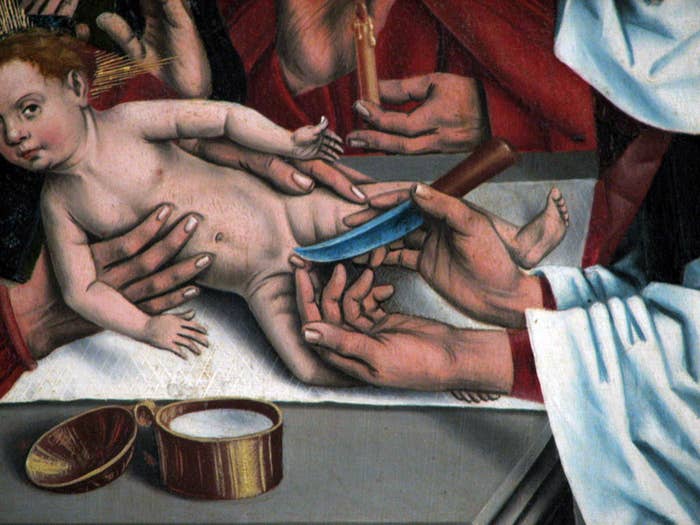
1. There were at least 12 Holy Foreskins in churches across Europe during the Middle Ages.
Churches and abbeys at Charroux, Paris, Boulogne, Metz, Le Puy, Nancy, Besançon, Coulombs and Conques in France, Hildesheim in Germany, Antwerp and Bruges in Belgium, and Calcata in Italy all at some stage claimed to own Jesus's foreskin, or a piece of it.
"There are so many Holy Prepuces [foreskins]," says Prof Francesca Stavrakopoulou, a professor of ancient religion at the University of Exeter. "It's like John the Baptist had at least three heads, if not more like eight. And it's the same as the Holy Foreskin. There are loads of them – probably so many more in existence than we actually know about."
2. The question of whether Jesus was circumcised was a major theological question in the Middle Ages.
There were two schools of thought on this. Some thinkers said Christ's body must have been whole, because that was how God designed it – David Friedman, in his book A Mind of Its Own: A Cultural History of the Penis, says anti-Semitism played a role, and that to medieval minds, circumcision was proof that "the Jew's penis sinned against creation". Therefore Jesus must have been a Cavalier.
But others disagreed. A medieval book called The Golden Legend said the day of Jesus's circumcision was the day "he began to shed his blood for us. … [It] was the beginning of our redemption." Saint Thomas Aquinas shared this view: that Jesus was a Roundhead.
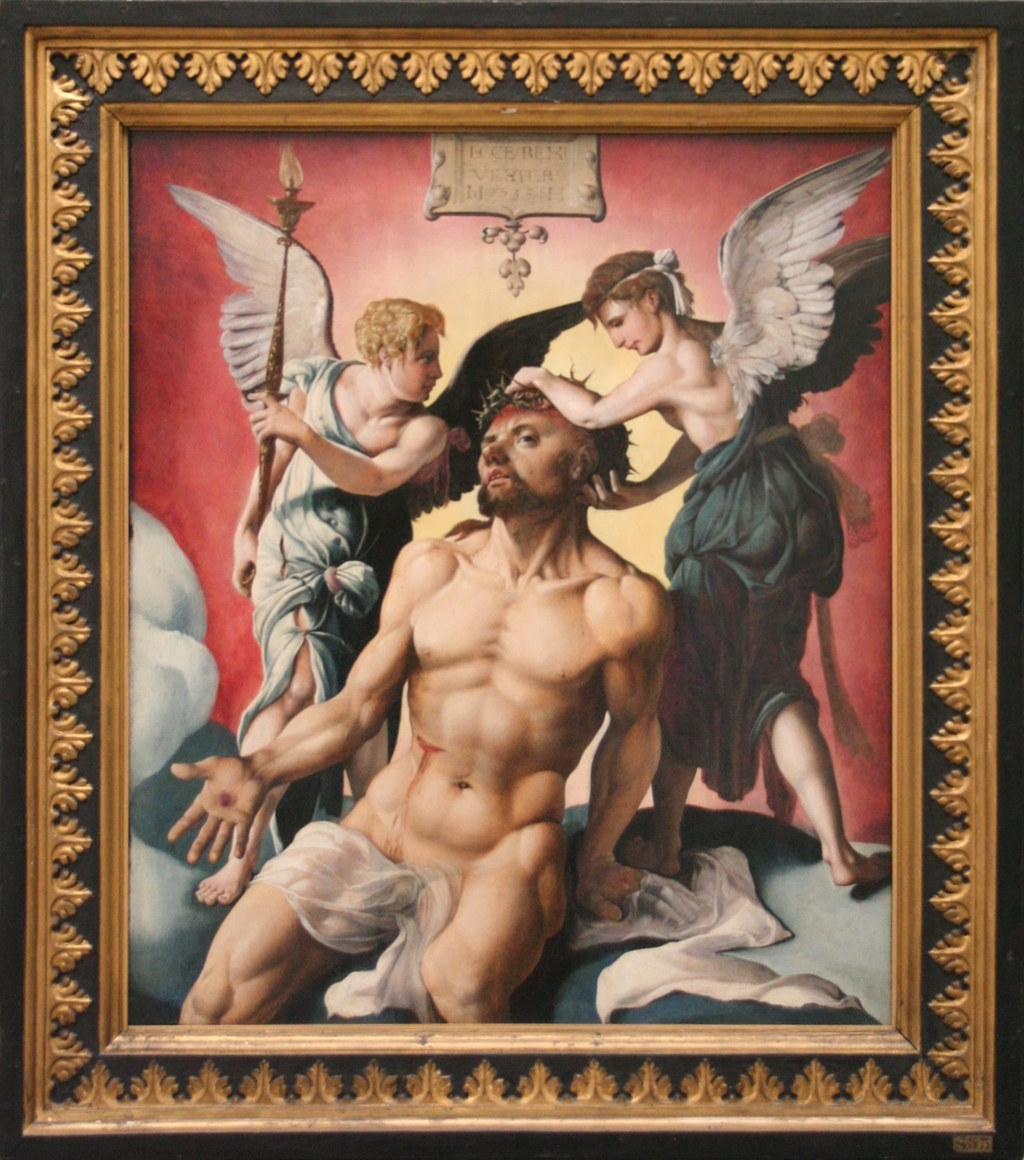
3. The consensus seems to be that he probably was.
The no-turtleneck Jesus hypothesis has scriptural support. Luke 2:21 says: "And when eight days were accomplished for the circumcising of the child, his name was called JESUS, which was so named of the angel before he was conceived in the womb." (From the King James Bible.)
In The First Gospel of the Baby Jesus, a piece of writing roughly contemporary with much of the New Testament but which was not included in the final Bible, there is a verse that says Jesus's foreskin was not only removed, but kept: "the old Hebrew woman took the foreskin (others say she took the navel-string), and preserved it in an alabaster-box of old oil of spikenard".
Stavrakopoulou says, "Of course, Jesus was Jewish." And for him to have been seen as superseding Judaism, she says, he had to be seen by his later followers as an especially observant Jew: "Just as he goes in and teaches in the synagogues, and just as he preaches and is called rabbi, obviously he would have been circumcised."

4. The first Holy Foreskin turned up around 800AD, as a present for the pope.
The first Holy Roman Emperor, Charlemagne, presented Pope Leo III with Jesus's severed prepuce as a gift.
According to St Birgitta's De Praeputio Domini ("The Lord's Foreskin"), the Virgin Mary kept the Holy Foreskin in a leather pouch, before giving it to St John. For the next seven centuries, it remained in the pouch, before someone – possibly an angel – brought it to Charlemagne's court at Aix-la-Chappelle. (That story is recounted in Marc Shell's essay The Holy Foreskin; or, Money, Relics and Judaeo-Christianity, in Jonathan and Daniel Boyarin's Jews and Other Differences: The New Jewish Cultural Studies.)
5. Lots more Holy Foreskins appeared over the next few centuries.
By the 13th century, Charlemagne's gift, by this time the "best-known foreskin" in Christendom, was on display in the Vatican, according to Leonard B Glick's book Marked in Your Flesh: Circumcision from Ancient Judea to Modern America. It was stolen when Rome was sacked in 1527, but was eventually found again.
Another "renowned foreskin" (Glick again) was displayed once every seven years in a monastery in Charroux. It was lost in the 16th century, during the wars of the Reformation, but was rediscovered in 1856.
Glick mentions another in Coulombs, near Chartres – which was taken to England for the marriage of Henry V to Catherine of Valois and placed in their bed on their wedding night as a fertility charm – and more in Belgium, Germany, and Italy.
The last known surviving Holy Prepuce resided in Calcata, Italy, until it was stolen in 1983.
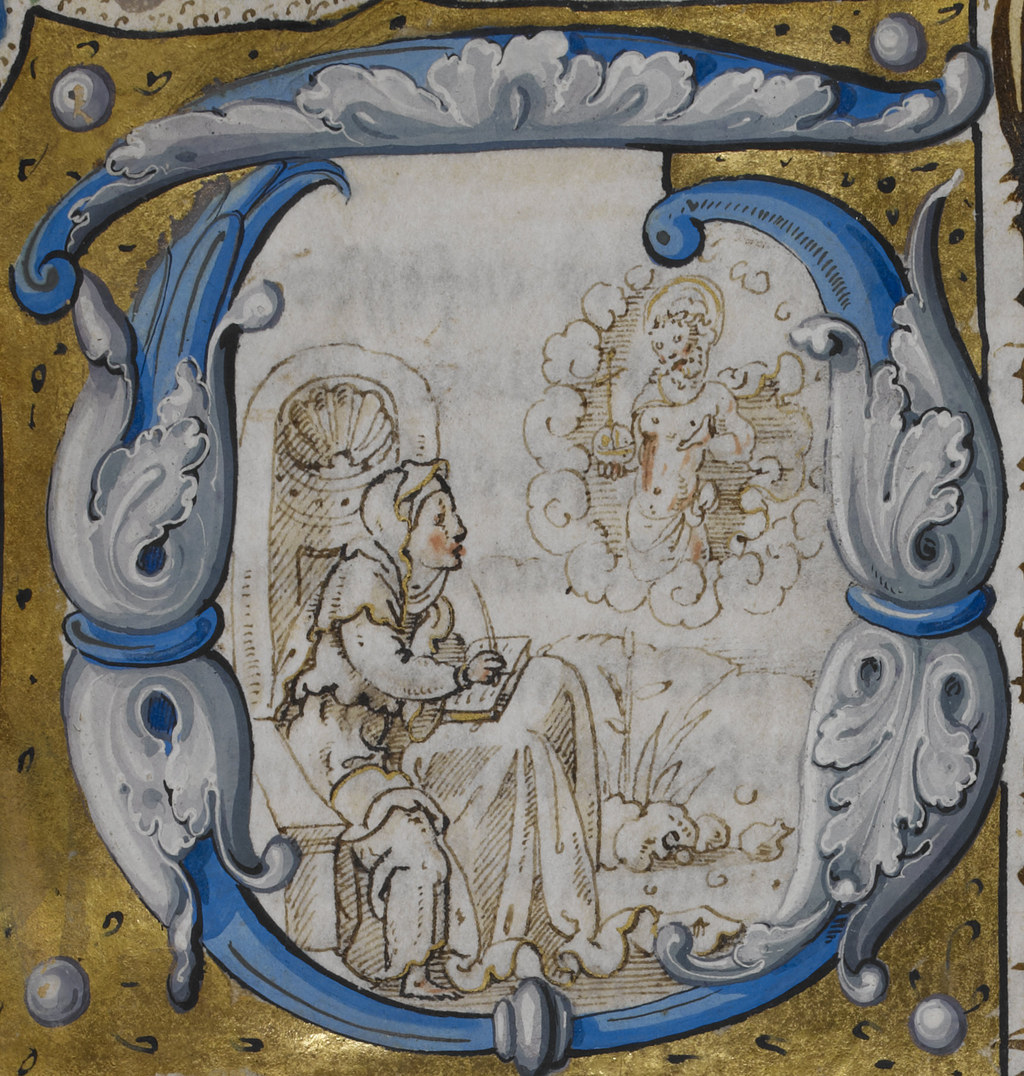
6. Eating, or at least tasting, the Holy Foreskins was a (relatively) common pastime.
Consuming the flesh of Christ was, and remains, an important part of Catholic doctrine – the Catholic Church's position is that the wafer of the Eucharist literally becomes Jesus's actual flesh after being eaten. But the Holy Foreskin had (allegedly) always been Jesus's flesh, and was therefore especially holy (according to Shell), in the same way that the Grail, which had held Jesus's blood as it dripped from him on the cross, was more holy than the Eucharist wine.
St Birgitta, a Swedish nun, had a vision in which she ate the Foreskin. "So great was the sweetness at the swallowing of this membrane that she felt a sweet transformation in all her members and the muscles of her members," it says in her book Revelations.
More commonly, though, people tasted the alleged Holy Foreskins to verify that they were real. There was an industry, "particularly in the medieval period, throughout Europe, in the production and veneration of holy relics", says Stavrakopoulou. "Churches could earn a lot of money from pilgrims, who would pay a lot of money to look at these things and touch them and kiss them and everything, so there was a huge industry in forgeries."
The most accepted test of the veracity of a Foreskin was tasting. Shell says that "A properly trained physician chosen by the local priest would taste the shrivelled leather in order to determine whether it was wholly or partly human skin." Surgeons who had thus consumed the body of Christ were known as croques-prépuces.

7. One monk apparently thought that ~all~ of the Foreskins must be forgeries, because the real Foreskin had flown up into space.
Leo Allatius, in his work De Praeputio Domini Nostri Jesu Christi Diatriba (A Discussion of the Foreskin of Our Lord Jesus Christ), reportedly said that because Jesus's body ascended into Heaven, his foreskin must have done too. In G.W. Foote and J.M. Wheeler's book Crimes of Christianity, the authors say Allatius believed that once in the heavens, the Holy Foreskin expanded to become one of Saturn's rings.
8. The Holy Foreskins weren't the only odd relics. As well as the usual bones and hair and blood, there was Holy Breast Milk, Holy Faeces, Holy Urine, and more.
Shell records that relics claiming to be the "sweat, tears, baby teeth, hair, umbilical cord, fingernails, urine, faeces and other bodily excrescences" of Jesus Christ were discovered at various points. "Anything from a saint's blood to semen, any kind of bodily stuff" could be a relic, says Stavrakopoulou. "Breast milk from the Virgin, that kind of thing."
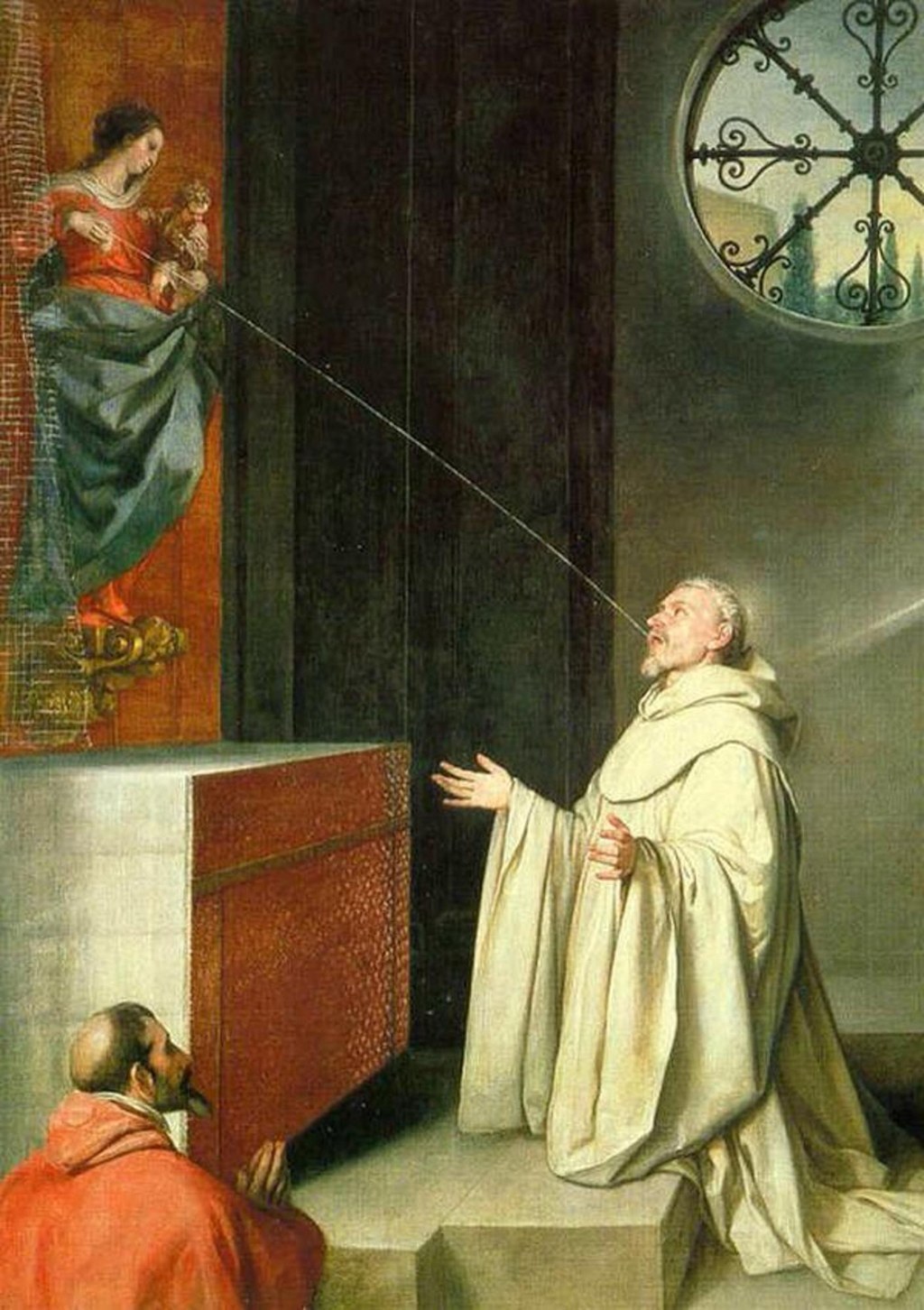
9. The Old Testament has lots to say about foreskins, as well. At one point, Moses's wife circumcises their son and rubs the blood on Moses's genitals, to prevent him killing their son.
"There's one little strange text in Exodus 4 that talks about how it looks like Moses gets possessed by Yahweh and tries to kill his son," says Stavrakopoulou, "so Moses' wife circumcises their son and rubs the bloody foreskin on Moses' genitalia." She says that circumcision was an "apotropaic" ritual, meaning it warded off harm or evil, and that it appears to have taken the place of child sacrifice in early, pre-Judaic religions.
At another point, in Samuel 1, David kills 200 Philistines and presents their foreskins as a gift to his future father-in-law.
Stavrakolou points out, incidentally, that in Exodus, it doesn't say "genitals", it says "feet". "'Feet', in the Hebrew Bible, is a euphemism," she says. "There's a bit where Ruth's mother-in-law tells Ruth that she has to go and seduce Boaz when he's drunk after a big feast, and she goes to where this feast has taken place and she 'uncovers his feet'. So I always tell my students that she's basically giving him oral sex."
However, "feet isn't a euphemism in the New Testament. So when Jesus is washing his disciples' feet, that's not a euphemism, unfortunately."
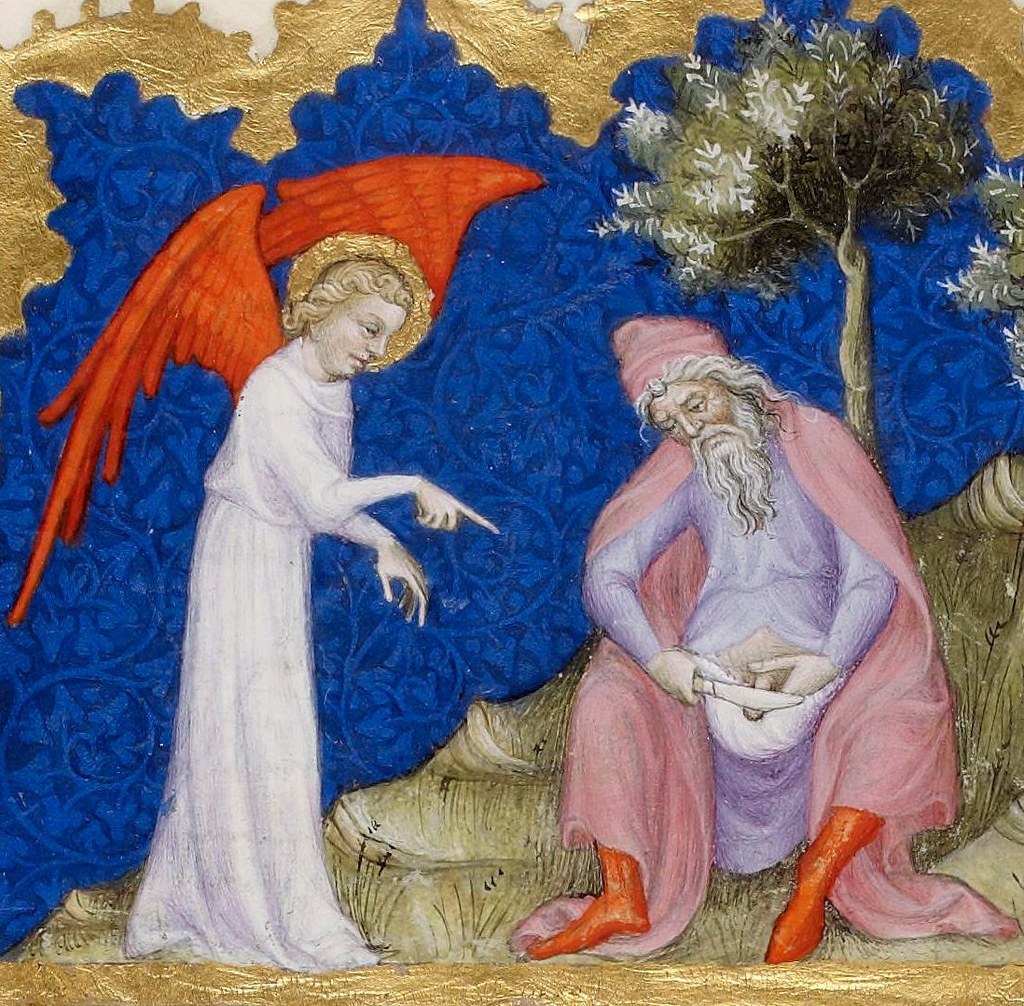
10. People weren't idiots, so while all this was going on, there was plenty of scepticism.
Martin Luther, the founder of the Protestant reformation, wondered at the number of foreskins doing the rounds in Europe. He also questioned how there could be 26 apostle burial places in Rome when there were only 11 apostles.
He wasn't the only sceptic of the whole relic industry. John Calvin, the French Protestant reformer and founder of Calvinism, wrote in his A Treatise on Relics in 1543 that "if we were to collect all these pieces of the true cross exhibited in various parts, they would form a whole ship's cargo". Memorably, he also said, of the many vials purporting to be full of the Virgin Mary's breast milk, "Had Mary been a cow all her life, she could not have produced such a quantity."
As far back as the 14th century, Geoffrey Chaucer, in the prologue to The Pardoner's Tale, writes about a dishonest clergyman who sells old sheep's bones as holy relics.
11. Any Catholic who mentions the Holy Foreskin now can be instantly excommunicated.
The Church noticed, eventually, that all the discussion of Holy Foreskins might be unintentionally amusing. So in 1900, Leo XIII issued an order that anyone talking about Jesus's foreskin would be immediately thrown out of the church.
